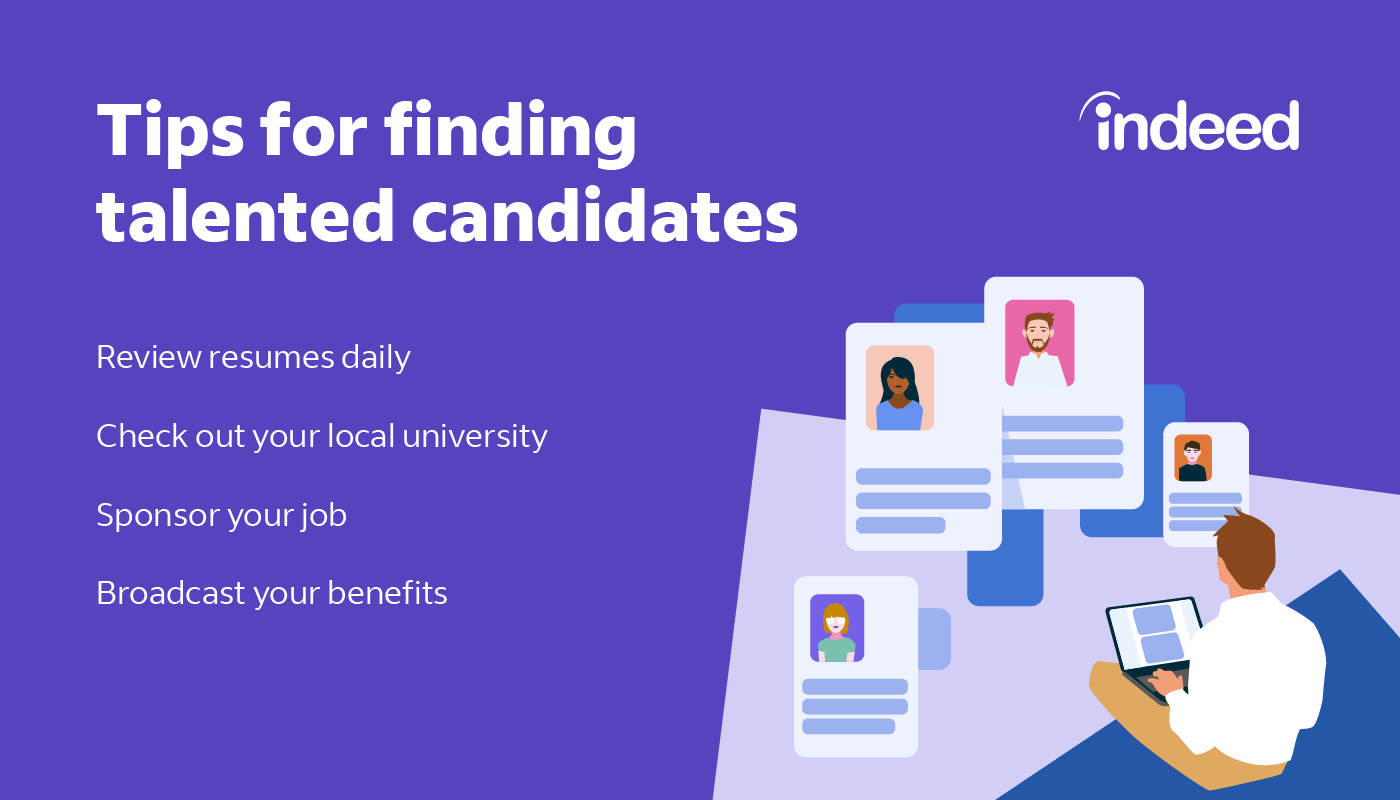
There are several online portals designed to find employees for you to hire, and many of the portals are dedicated to specific industries, so researching the potential matches is a good place to start.
Before you post your job or start looking for prospective employee profiles, determine whether you need help.
There are several online portals designed to find employees for you to hire, and many of the portals are dedicated to specific industries, so researching the potential matches is a good place to start.
Determine what kind of culture you want to create for your company and what you need from the new employee.
Once you have these components lined up, create a job posting with a description that is detailed, using keywords that describe the important aspects of the role. Avoid using jargon and make it as clear as possible.
Try not to make the post lengthy and keep it to 700-1,200 words. Many of the portals have templates you can follow.
Specifying a salary or salary range will appeal to high-quality candidates who generally know what they want. If your company is going to offer benefits, share some details in the posting.
Here are the required benefits:
- Social Security tax– Temporary disability insurance (TDI)
- Workers’ compensation
- Unemployment insurance
- Leave benefits through the Family and
Medical Leave Act (FMLA) In certain states, medical and retirement benefits may be required for certain employees. Check with your legal counsel or tax attorney before posting.
You can also develop relationships with university career centers and alumni associations. These departments offer job postings for their students and their graduates, respectively. You could also offer paid or unpaid internships that could help you continue to define your needs while helping a student gain experience.
Utilize social media and, if possible, reach out to temporary and staffing agencies, as they are connected to numerous people seeking employment. Ask your personal network for referrals, and post the available job on your website and/or in your storefront window. If you have a local newspaper, use the classified section.
Your community may have other opportunities to find good candidates such as job boards in local coffee shops, church bulletins, etc. Be creative and seek as many places as possible to post the open position to help find your employees.
BEFORE HIRING EMPLOYEES
If you haven’t already, you will need to establish an employer identification number (EIN) before setting up employment tax statements, as you will be responsible for employment tax records.
You will need to determine how you will manage payroll or whether establishing a payroll system is appropriate for your business, and you will need to obtain workers’ compensation insurance.
Check your state for workers’ compensation requirements.
You will need to determine how to provide labor requirement details that inform employees of
their rights and investigate all federal and state labor laws.
Now that you have determined your business structure, validated your business idea, named your company, identified your unique selling proposition, written a business plan, prepared a marketing and sales plan, and learned about hiring employees, you are ready for your next step
How To Get Money to Start Your Business
Figuring out how to obtain funding and which funding source is right for your business poses challenges for many startups. While the goal of growing is the same among most startups, the way to go about funding will vary to match the myriad businesses, structures, and business goals in the marketplace.
The first step is to establish your business credit profile and Get a D-U-N-S® Number so creditors can assess your creditworthiness. A majority of new startups opt for self-
financing, but there is a lot more to know and understand about startup funding for businesses.
Depending on your business structure, it may also make sense to determine how and where to apply for grants